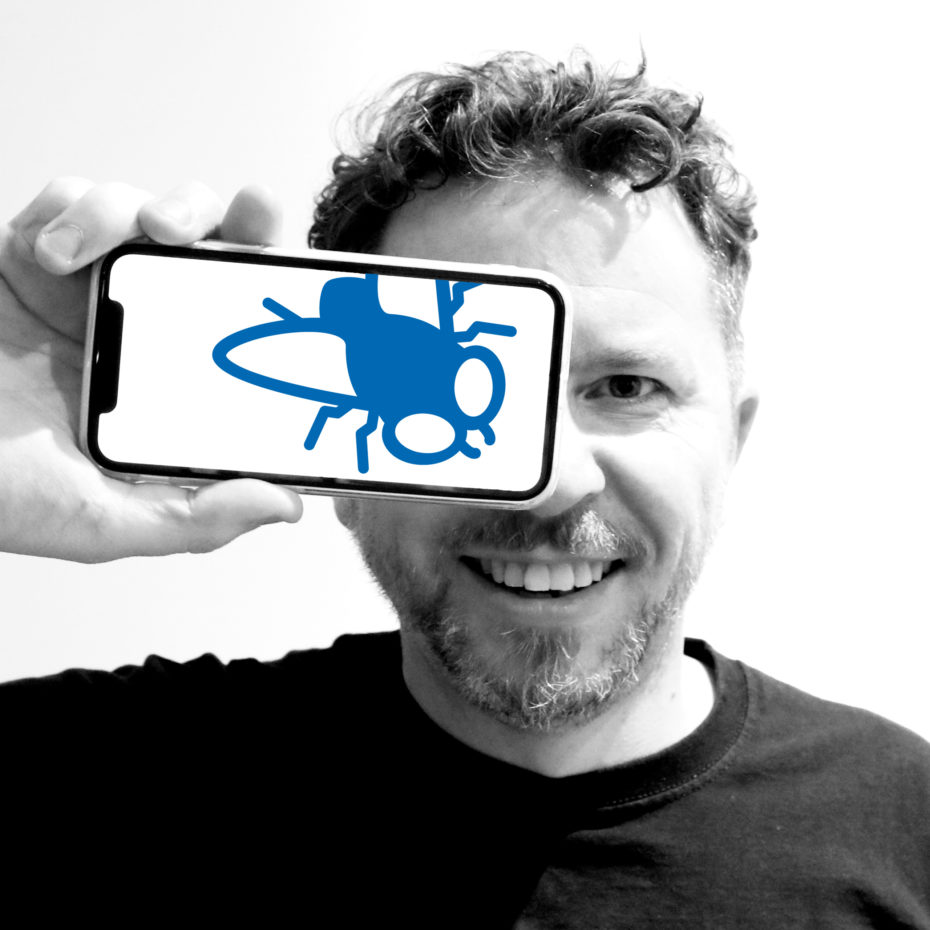1) What drew you to the story you and compelled you to make the wonderful film you submitted?
It was completely by chance. I had the opportunity to see inside the projection room when my previous documentary, a feature called Open Close Movie (2018), was screened at Dundee Contemporary Arts (DCA) cinema. I was in a meeting with DCA cinema manager Alice when she mentioned they had Once Upon A Time In… Hollywood on 35mm. Celluloid screenings are rare in Dundee and so I asked if they’d be happy for me to make a film about the screening process. They were and I started the next day, just a month before the Filmic deadline.
2) What prompted you to make the decision to shoot your film with Filmic Pro on a smartphone instead of a traditional camera, and was this your first experience using our app?
I occasionally use a GoPro and a DSLR but in the main shooting on smartphones is what I do – have done for nine years. Primarily, I love that I can be so reactive and the immediacy of capturing and sharing within minutes.
I’ve been using Filmic for just over a year. I was instantly blown away by how it unlocked the potential of the iPhone camera. The projection room where the film was shot had limited light sources – ideally, I didn’t want to use additional lighting. Filmic gave me and the camera a level of capability which meant low light was not a problem – in fact, it gave the film its look.
3) Describe the experience of shooting your short film with mobile devices and Filmic Pro?
When I’m making something along the lines of APHS my aim is to get comfortable enough with the person I’m speaking to that it’s as if the camera wasn’t there.
I interviewed salesperson at a networking event recently who told me they’d been interviewed at another event the week before, boxed into a cubicle by a four-person crew – big camera, lights, boom, the lot!
He got so stressed he nearly forgot his name and actually gave the name of his previous employer, rendering the film useless.
So while mobile is great quality combined with the ability to move more quickly, it’s also a lot less intimidating.
4) What did shooting on a smartphone allow you to do that you otherwise might not have been able to?
I got an iPad 2 in 2011. While the stills camera quality was low, the video was reasonable and the revelation was when I realized I could edit on the same device. Up until then, the biggest hurdle for editing video of any kind was having access to a computer or laptop that was capable of handling video. Particularly in schools and other public bodies.
My workshops were born from that realization – that if you have a tablet then you don’t need anything else. Over the last nine years, it’s only got easier. And more powerful.
I edited APHS in LumaFusion. It presented possibilities that I hadn’t even considered during filming. Like Filmic, LumaFusion fuels creativity.
5) Where has your film screened to date (festivals, etc.)?
APHS was made for FilmicFest and is the first festival I’ve submitted anything to. I’m not sure if I can say anything just yet but there’s a celebration of celluloid in 2020 (near to where I live) and the organizers want to screen my film. I’ve also submitted it to a couple of other festivals (which I’m keen to hear about) but I’m more interested in working out what my next project will be…
My main focus is my business. I’ve been training mobile filmmaking (to people of all ages) for nine years but 2019 was the year I went full-time self-employed. So FilmicFest was the perfect end to an amazing year but I’ve got to keep moving and focus on how I step things up in 2020 and keep planning and booking more workshops.
I do have some footage already shot for another story doc but I since realized that there’s another angle that needs to be captured… a real story… a better story! So I have some work to do on that.

You can find me online:
Web: www.MadeOnAMobile.com
Twitter: @OnTheSuperFly // Instagram: @OnTheSuperFly